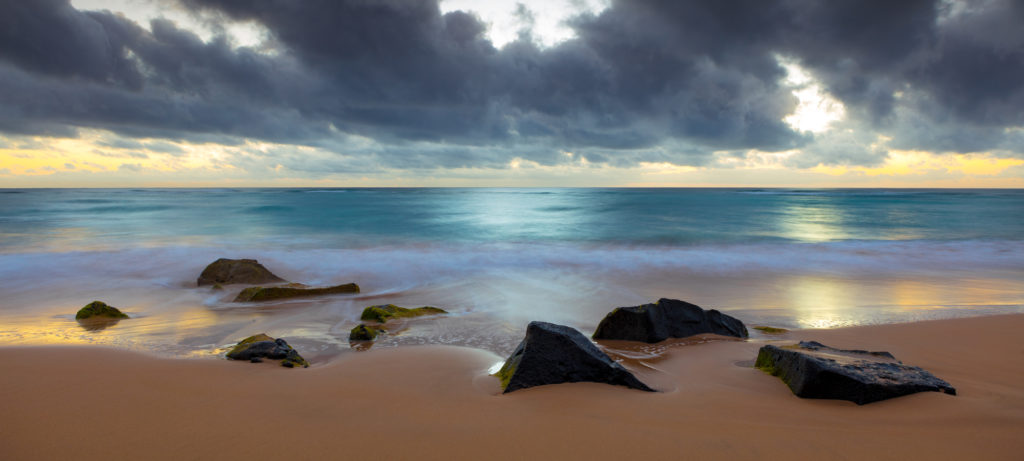
Through My Lens: My Journey in Fine Art Photography
By Jim Brompton, Master Photographer Fine Art / Master Photographer Nature
When I look back on my journey as a photographer, I often think about the very first time I picked up a camera. What began as an attempt to freeze fleeting moments quickly became something much more profound. It was a way to express myself, to tell stories, and to capture the world not as it is but as I see it. Over the years, photography has grown from a “like” to a passion, and now even more—to not only create but also advocate for photography as a fine art form.
For me, photography is not just a medium to document life. It’s a canvas for creativity, a tool for self-expression, and a means to connect with others. Believe me I get very emotional even talking about my Photography. My approach to fine art photography is to transcend the literal and delve into the imaginative. I want to to elevate photography beyond its traditional boundaries, and to establish it firmly within the fine art world. That is why my home page on my website says FINE ART REDEFINED.
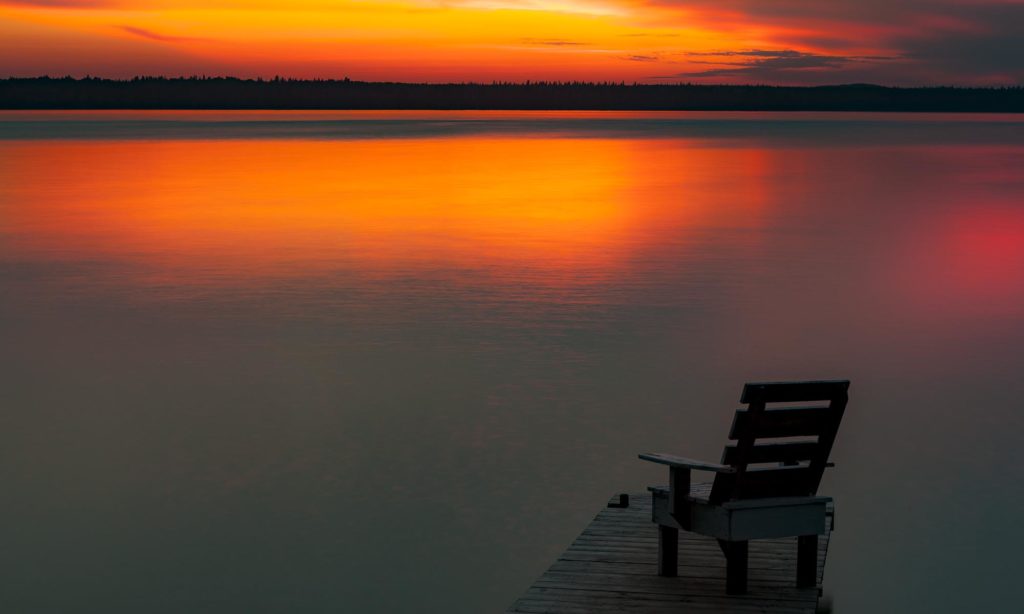
Finding My Voice Through Photography
My journey into fine art photography began with a simple but powerful realization: the camera is not merely a mechanical tool—it’s an extension of my soul. Like a painter with a brush, I use my camera to craft my vision. I was drawn to the landscapes around me, mesmerized by their beauty. I recall spending many hours in the wilderness.
I’ve always felt a deep connection to nature, and that connection finds its way into my work. But capturing a scene is not enough. I don’t want my photographs to simply show what’s there; I want them to evoke something more —an emotion, a memory, or even a question. This desire to go beyond documentation is what led me to explore photography as a fine art form.
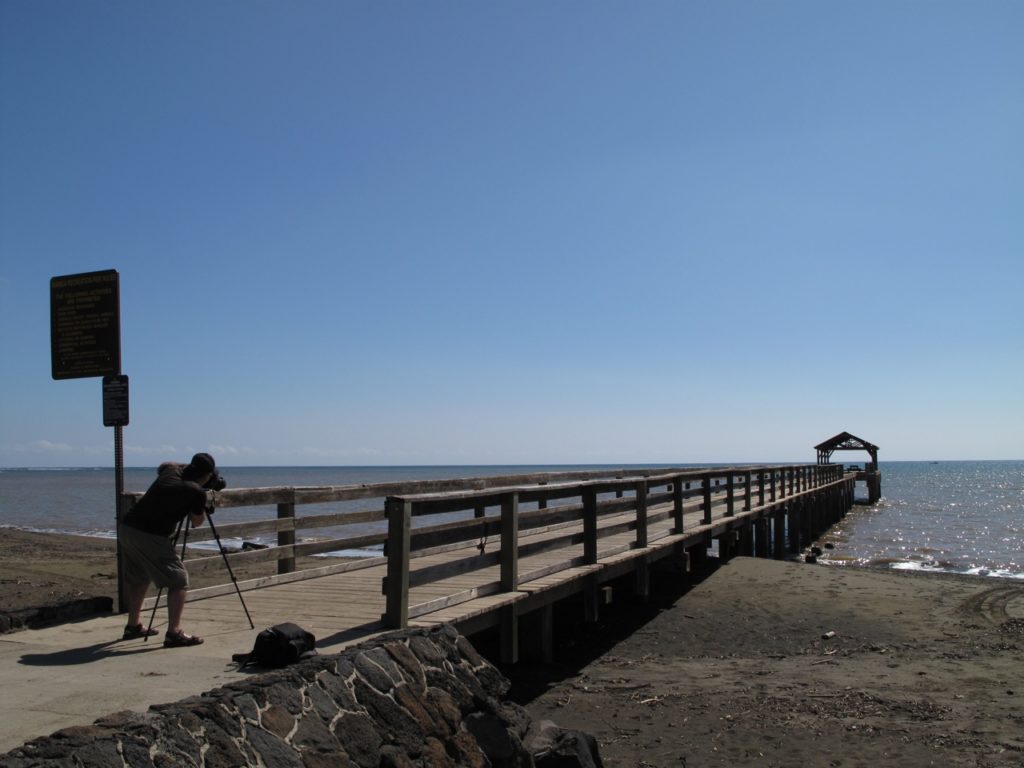
Seeing the World Differently
Fine art photography, for me, is about interpretation. It’s not about recording reality but about presenting it through the lens of my imagination. When I approach a scene, I don’t just see trees, mountains, or oceans. I see the finished image. I ask myself: What story can this scene tell? What feeling can it evoke? How will others look at it and will they see it as an art form! Will it bring back a memory of someones past? Will the image make them feel good?
This mindset has completely transformed how I approach my photography. My work begins long before I press the shutter button. I spend hours, sometimes days, studying a location making it right. Watching how the light changes, listening to the sounds, and breathing in the fresh air. It’s a process of connecting with my subject on a deeper level. As an example I recall not hearing a passing train because I was so focused on the subject in front of me.
Once I’ve envisioned the story I want to tell, I set about crafting the image. Every decision—composition, angle, exposure—is deliberate, aimed at aligning the final photograph with my creative vision.
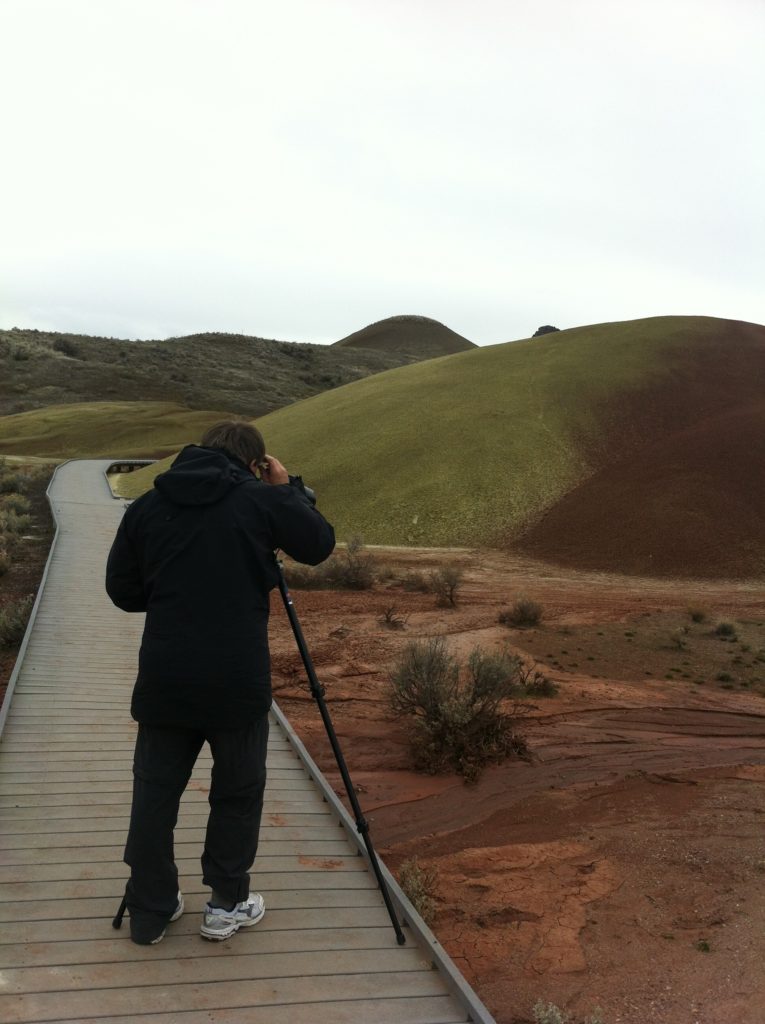
The Power of Light
If there’s one element that defines my work, it’s light. Light is everything in photography. It shapes the mood, reveals texture, and guides the viewer’s eye. For me, understanding and mastering light has been a lifelong pursuit.
I often say that light is my paintbrush. The way it falls on a scene, the shadows it creates, and the colors it brings to life. Sunrise and sunsets are not always my favourite times to shoot. There is however something magical about the quiet of dawn or the calm of dusk. It resonates deeply with me, as it prepares me to think outside the box and pay attention to the time. I also love to shoot all day long and use filters on my lenses to strive to capture that feeling of Art. The filters make you creative and I think long and hard about the end result before it happens.
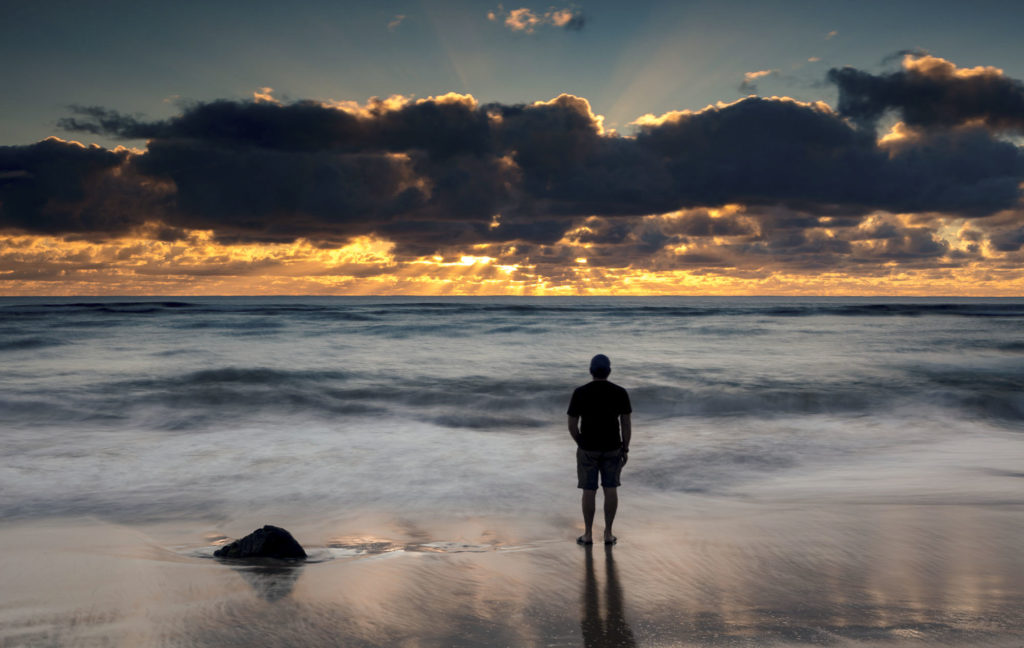
The Art of Composition
Composition is another cornerstone of my approach. A well-composed photograph serves a purpose, and nothing feels out of place. Over the years, I’ve studied the principles of art and design, drawing inspiration from other photographers and painters. I have found that if an image is remarkable it does not matter if you followed the rules. Rules are meant to be broken.
I use techniques like leading lines, symmetry, and create images that are not just visually appealing but also emotionally engaging. Negative space is another powerful tool in my arsenal, allowing me to focus attention on the subject. When I see people look in awe at my work it gives me a feeling of accomplishment. Patience is a huge part of Landscape Photography.
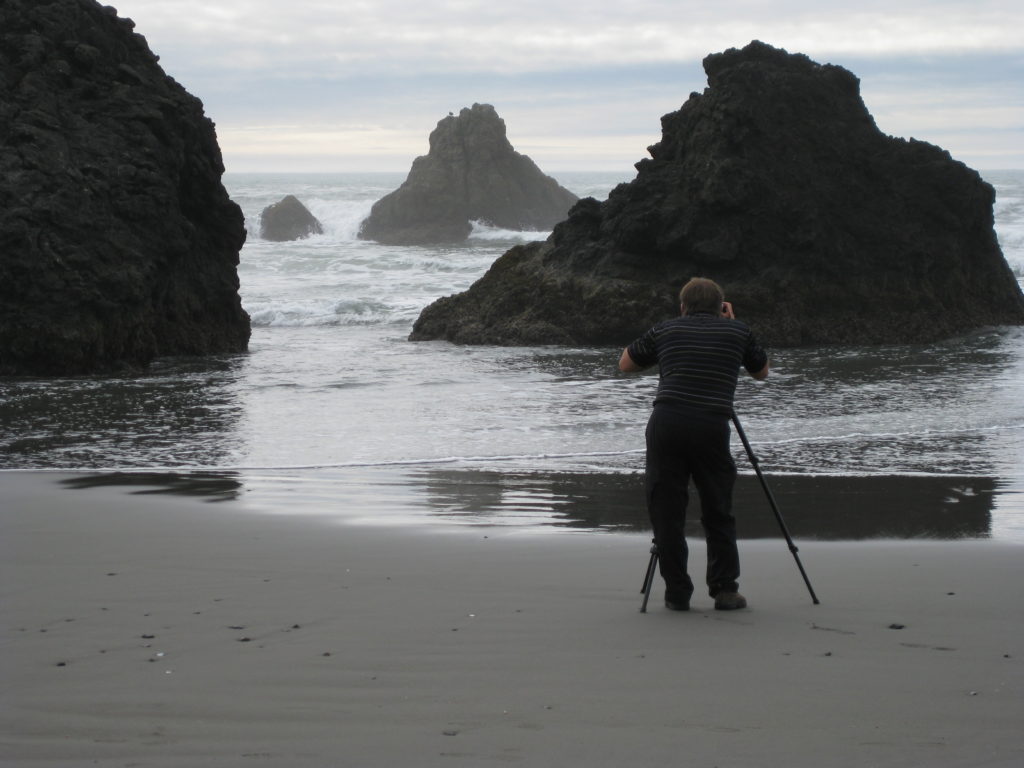
The Role of Post-Processing
I’ve often been asked about my thoughts on post-processing. To me I attempt to get it right in camera and do as little post-processing as possible.
But it’s important to note that I never use post-processing to create something that wasn’t there. Instead, I use it as a basic tool to check for things like sensor spots and straight horizons.
Advocacy for Photography as Fine Art
While I’ve always been passionate about creating, I’ve also felt a deep responsibility to advocate for photography as a fine art form. Too often, photography is dismissed as a technical craft rather than a creative discipline. I’ve made it my mission to challenge that perception and to show the world that photography deserves the same respect as a painting, sculpture, or any other form of fine art.
Education and Mentorship
One of the ways I’ve pursued this mission is through education. Over the years, I’ve taught countless workshops, mentored aspiring photographers, and given talks on the artistic potential of photography. My goal is to help others see photography not just as a way to capture images but as a medium for self-expression.
I encourage my students to think like artists. I ask them to focus on their vision, to experiment with light and composition, and to use their cameras as tools. It’s incredibly rewarding to see them discover the creative possibilities of photography and to watch them grow into artists in their own right.
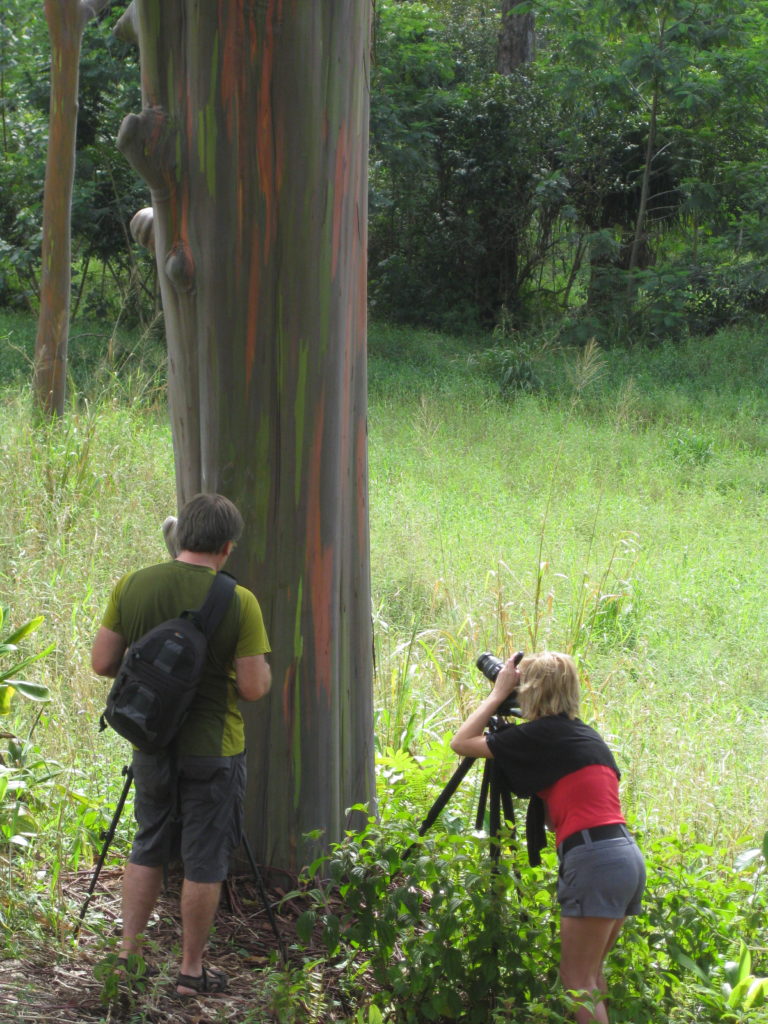
Exhibitions
Another way I’ve advocated for photography is by working with galleries, and regularly hosting my own art shows to showcase the medium’s potential. My exhibitions are designed not just to display my work but to spark conversations about what photography can achieve. A sense of joy comes over me when I fill a 3000 square foot building with my Artwork. It is necessary that the the Art that is displayed is archival and of the highest quality. We stretch it on gallery bars and finish the canvas with archival varnish and black linen tape on the side of the frame. I am often asked is this really photography or how long did it take you to paint that!
When a person stands in front of my work and I see them staring into the print I am a winner even if they don’t buy it.
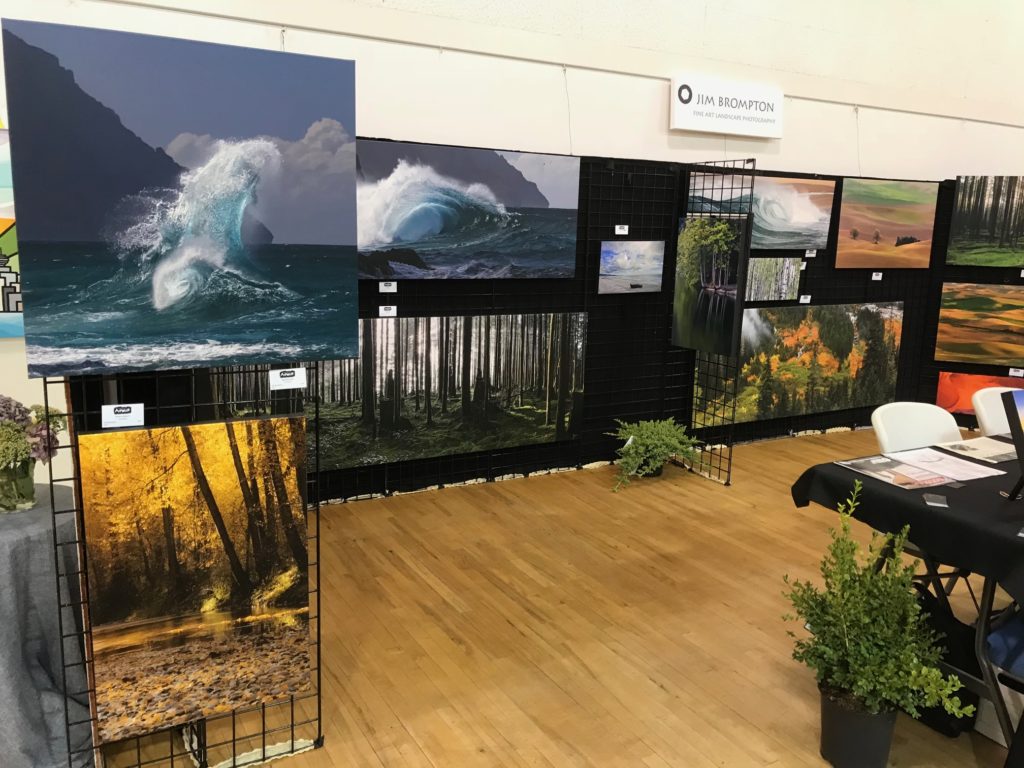
Changing Perceptions
Perhaps the most challenging aspect of my advocacy has been changing public perceptions of photography. Many people still see it as a mechanical process, something anyone can do with the right equipment. It is not the equipment that creates the Art it is the photographer. I firmly believe that photography, like any art form, requires vision, creativity, and a deep understanding of the medium.
Through my work, I aim to show that photography is not just about capturing reality—it’s about interpreting it, transforming it, and sharing it in a way that resonates with others. It has been often said that I can walk into a scene and come away with a beautiful piece of art for others to enjoy. The thing that is unique about the last comment is most people did not know that piece of art was there to capture as they could not see past the reality. I am a firm believer that you need to think outside the box to be successful at creating fine art.
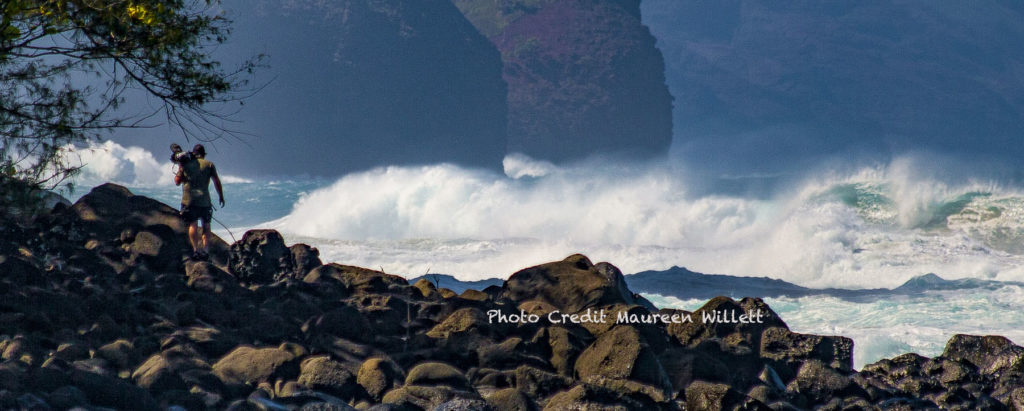
My Goal
As I reflect on my nearly 5 decades of Photography, I’m filled with gratitude for the opportunities I’ve had to create, to teach, and to advocate for photography.
My hope is that, through my work, I can inspire others to see photography in a new light—not just as a way to document life but as a way to create art.
I want to encourage aspiring photographers to dream big, to push boundaries, think outside that big box and to never stop exploring their creativity.
Above all, I am hopeful that my work helps elevate photography to its rightful place in the art world. Photography has the power to move us, to challenge us, and to connect us in ways that no other medium can. Like the title says Who Doesn’t Love a Stunning Photograph.
Conclusion
I am very passionate about Photography and when I speak about it I get excited. It has taught me to see the world differently, to appreciate the beauty in the everyday, and to connect with others on a deeper level. Through my work as a photographer and advocate, I hope to inspire others to discover the magic of photography. Funny thing is even I learn something new every day.
I want to take a moment to express my thanks to all the students who have participated in my workshops and attended my presentations over the years. Your enthusiasm, curiosity, and dedication have been a constant source of inspiration for me and one of the reasons after nearly 5 decades I continue.
Watching you grow as artists, exploring your creativity, and embracing photography as a form of self-expression has been one of the most rewarding aspects. Thank you for allowing me to be a part of your artistic paths—it has truly been an honour to share my knowledge and passion with each of you.
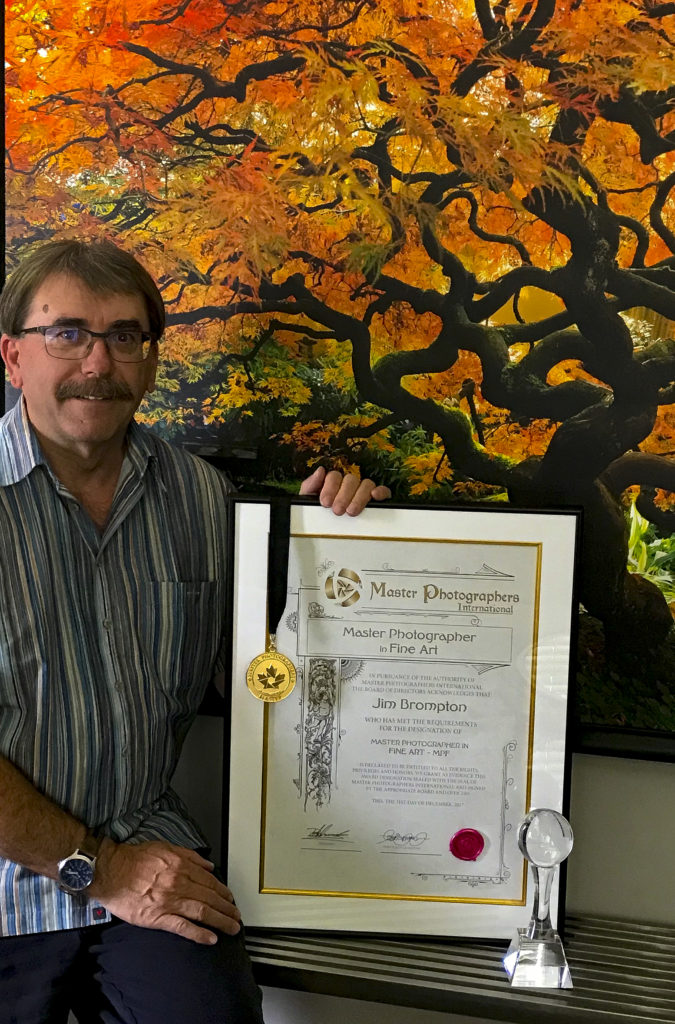
Leave a Reply